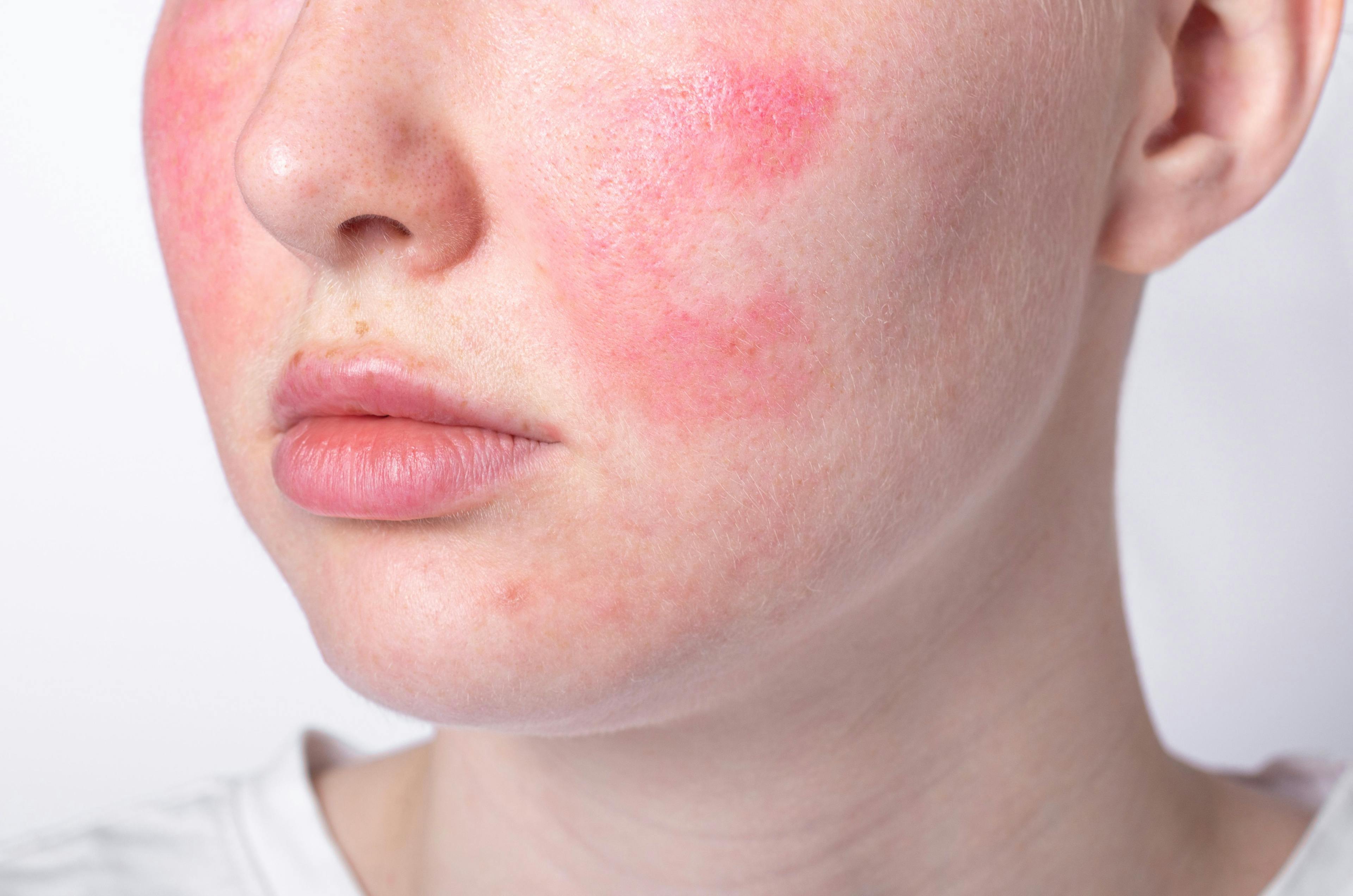- Acne
- Actinic Keratosis
- Aesthetics
- Alopecia
- Atopic Dermatitis
- Buy-and-Bill
- COVID-19
- Case-Based Roundtable
- Chronic Hand Eczema
- Chronic Spontaneous Urticaria
- Drug Watch
- Eczema
- General Dermatology
- Hidradenitis Suppurativa
- Melasma
- NP and PA
- Pediatric Dermatology
- Pigmentary Disorders
- Practice Management
- Precision Medicine and Biologics
- Prurigo Nodularis
- Psoriasis
- Psoriatic Arthritis
- Rare Disease
- Rosacea
- Skin Cancer
- Vitiligo
- Wound Care
Publication
Article
Dermatology Times
Keratin Hair Treatments and Formaldehyde Exposure
Author(s):
Key Takeaways
- Keratin treatments use hydrolyzed keratin and formaldehyde to straighten hair, posing health risks due to formaldehyde exposure during heating.
- Formaldehyde-free alternatives like glutaraldehyde and carbocysteine have been developed, with carbocysteine offering a safer, though less effective, straightening option.
Keratin hair treatments straighten, smooth, and add shine—though formaldehyde risks raise safety concerns for dermatologists and salon professionals.
Keratin hair treatments, also known as Brazilian keratin treatments, are intended to straighten and smooth wavy hair, enhance color and shine, and decrease frizz in curly hair. This method of hair straightening can last between 6 weeks and 5 months, depending on the strength of the treatment. Keratin treatments have become controversial due to formaldehyde exposure as part of the process. This article examines keratin hair treatments to help dermatologists better understand the procedure and its inherent risks.
Image Credit: © Anusorn - stock.adobe.com

What is a keratin hair treatment?
A keratin hair treatment costs between $200 and $300 and is typically performed in a salon. The original treatment involves washing the hair followed by the application of a serum that contains hydrolyzed keratin and a formaldehyde derivative. The solution is applied to small sections until all the hair is saturated. The hair is then blow-dried and exposed to the high heat of a flat iron. The hair must not be combed or washed for 48 to 72 hours or the hair straightening may be reversed.
How does a keratin treatment induce hair straightening?
Keratin hair treatments are so named as they are based on keratin, the protein that forms human hair. Hydrolyzed keratin is used, meaning the protein has been chopped into small pieces and is usually obtained from wool. The small keratin molecules can penetrate the hair shaft, allowing rapid diffusion to the hair cortex. The hydrolyzed keratin becomes cross-linked to the hair keratin in the presence of formaldehyde, specifically cross-linking with lysine, arginine, histidine, and tyrosine. The heat increases the ability of the formaldehyde to interact with the hair keratin and smooths the cuticle, increasing hair shine. Hair shine is also increased because the hydrolyzed keratin can fill areas where the cuticle scale is missing.
What are the risks of keratin treatments?
During the heating process of a keratin hair treatment, formaldehyde is released. Formaldehyde is toxic when inhaled. In 2011, the Occupational Safety and Health Administration released a hazard alert to hair professionals regarding the possible exposure to formaldehyde from keratin hair treatments. There was also concern that formaldehyde-free keratin hair treatments contained methylene glycol, a combination of formaldehyde and water. Methylene glycol releases formaldehyde when exposed to air.
What are nonformaldehyde keratin straightening products?
In the search for a formaldehyde alternative for keratin hair straightening, glutaraldehyde was introduced. Glutaraldehyde is a common preservative for skin care products and can be used in concentrations up to 0.2%. However, the mutagenicity of glutaraldehyde is similar to formaldehyde, as it affects DNA, RNA, and protein synthesis. Ultimately, this concern led to the introduction of carbocysteine, a dibasic amino acid, for treatments known as “heat sealing” or “plastic hair.” Although carbocysteine can smooth the cuticle and reduce frizz, it is not as good at hair straightening. These treatments combine glyoxyloyl carbocysteine and glyoxyloyl keratin amino acids, and the solution is applied to the hair like a hair keratin treatment. The carbocysteine interacts with the hair hydrogen and salt bonds, strengthening the cysteine hair bonds when heated. This alternative hair keratin treatment does increase hair shine as successfully as the original formaldehyde-based treatments.
Zoe Diana Draelos, MD, is a clinical faculty member of dermatology at Duke University School of Medicine in Durham, North Carolina, president of Dermatology Consulting Services, PLLC, and Dermatology Times’ editor in chief emeritus.

Newsletter
Like what you’re reading? Subscribe to Dermatology Times for weekly updates on therapies, innovations, and real-world practice tips.





























